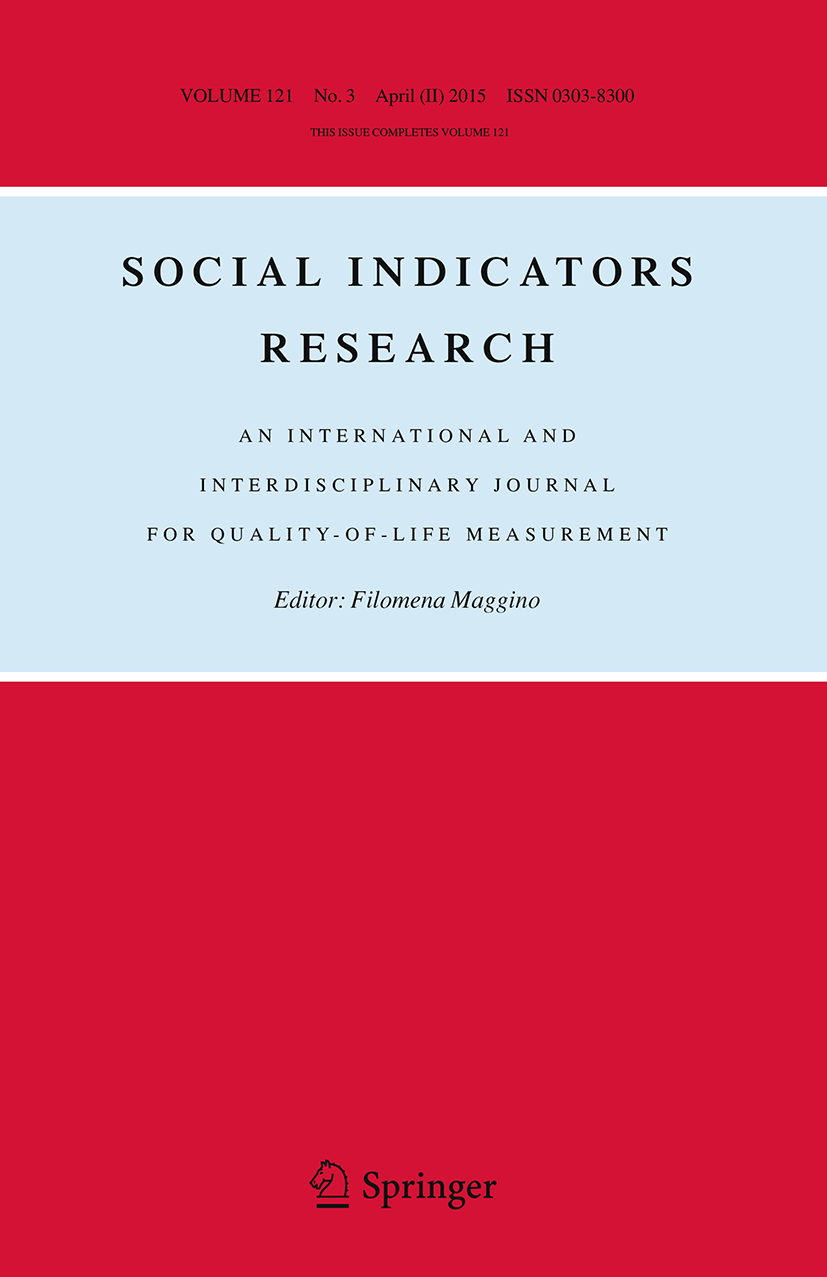Improving global modern slavery estimates
Published in Social Sciences

The importance of estimating global victims of human trafficking
Trafficking in human beings, also known as modern slavery, causes long-lasting and severe harm and hurt, is a transnational crime, and is a violation of human rights. One component of the knowledge base needed to test theory and to support the development of policies to reduce trafficking/modern slavery is an estimate of changes in its scale and distribution. This is challenging since it is illegal.
In the UN Sustainable Development Goals, trafficking in human beings is named in three Targets (5.2, 8.7 and 16.2) and one Indicator (16.2.2). The 16.2.2 indicator measures the ‘Number of victims of human trafficking per 100,000 population, by sex, age and form of exploitation’, and is the sole part of the SDG framework that refers to the estimated numbers and rates of trafficked victims. Target 8.7 is “Take immediate and effective measures to eradicate forced labour, end modern slavery and human trafficking and secure the prohibition and elimination of the worst forms of child labour, including recruitment and use of child soldiers, and by 2025 end child labour in all its forms”. It is important for research to build an appropriate knowledge base to inform test theories and evaluate policy development to support the reduction in trafficking/modern slavery. This is a contribution to the development of data for Indicator 16.2.2.
Existing method and our approach
One method of estimating the number of victims of trafficking depends upon their registration with authorities. These data are collected nationally and are also aggregated by the UNODC. They are a minimum estimate since only a minority of victims will be registered with the authorities.
A further method for estimating global numbers of those victims of human trafficking has been developed over the last decade by Walk Free in collaboration with the International Labour Organisation and the International Organization for Migration. They use the term “modern slavery”, which includes forced labour, commercial sexual exploitation and forced marriage. They estimate that in 2021 there were nearly 50 million victims of modern slavery, including just under 23 million males and just under 27 million females. Among the females, 15 million of the 27 million females are victims of forced marriage.
ILO/Walk Free/IOM use multiple sources of data: surveys, administrative records, secondary sources, and modelling using other socio-economic data. Estimates of forced labour victims are obtained through surveys. These are augmented by administrative data on registered victims of trafficking to make estimates of those trafficked for purposes of sexual exploitation. The current data used in the ILO/Walk Free/IOM estimates comes from the CTDC, which uses a mix of call centre data from Polaris, survey data from Liberty Shared, and migration data from IOM. Each data source has unique methodologies, which lack stability over time.
The UNODC, in contrast, collects more comprehensive data from more countries (over 100) on registered trafficking victims, making it a more suitable and stable source for global estimates of all types of human trafficking/modern slavery.
Analysis and results
This study replaces the CTDC data with UNODC data alongside the other data provided by Walk Free and its collaborators. This results in a higher global estimate of the number of victims of modern slavery and more than triples the number of those trafficked for the purposes of sexual exploitation.
The 2021 global estimate increases from 49.6 million to 65.3 million. Our estimates of trafficking victims are over 15 million higher than the old Walk Free estimates. This is due to the underestimation of the number of victims trafficked for sexual exploitation, which has increased from 6.3 million to an estimate of just over 22 million. Just under 20 million of these are females.

The increase in the number of females also increases the estimated proportion of females trafficked from 54% to 64% - our new estimates show that nearly two thirds of those globally trafficked are females.
Turning to the UN SDG indicator 16.2.2, we estimate the victimisation rates per 100,000 population. The estimated global rate has increased from 640 to 840 victims per 100,000 population; the estimated rate for females has increased from 690 to 1070 per 100,000 female population, which is over 1% of the female population.
Conclusion
The goal of ending modern slavery is ambitious. Changes in estimates over recent years are likely to be due to methodological changes and to a greater understanding of how to estimate the number of victims. Only when improvements in methodology are more advanced will we be able to robustly whether we are making progress towards reducing and ending trafficking/modern slavery. Our work has made one further contribution by improving the estimation of those trafficked for sexual exploitation.
Follow the Topic
-
Social Indicators Research

Founded in 1974, this is a leading journal for research on quality of life. A long-standing focus is the measurement of well-being and quality of life, encompassing studies that offer insights via novel application of existing indicators as well as generation and validation of new approaches.





Please sign in or register for FREE
If you are a registered user on Research Communities by Springer Nature, please sign in